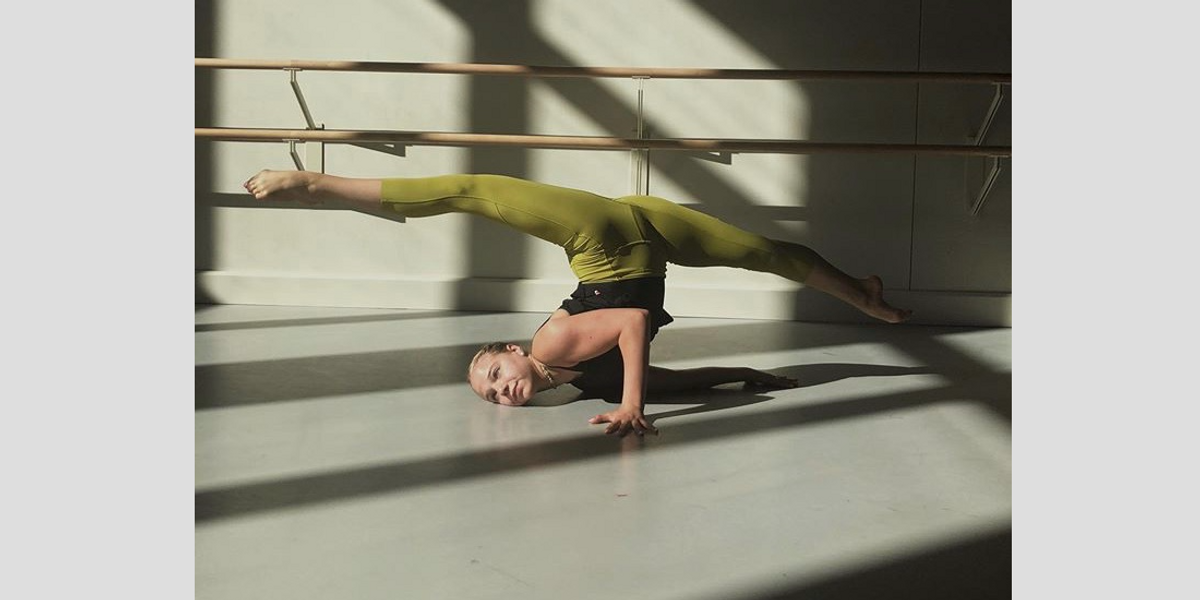Instagram Is Getting Rid of Likes. What Could That Mean for Dance Influencers?
Instagram has become a huge part of dancers’ lives. At its best, the image-driven platform can be a way for people to share their art and make it accessible to others. For dance influencers, Insta success can lead to opportunities to travel, perform, and build a career.
But recent studies have suggested a link between social media use and anxiety and depression, with Instagram being especially problematic. Possibly motivated by this news, Instagram has launched a trial in seven countries. Right now, instead of seeing the exact number of likes per post, Insta users in Australia, Japan, Canada, Brazil, Italy, Ireland, and New Zealand see something like this when they scroll their feeds:

Eliminating the “like” count has the potential to dramatically change the way everyone uses Instagram. What would a different feed mean for dance influencers, in particular?
On the plus side, getting rid of likes might make it easier for dancers to start conversations on the platform. Instead of being motivated by a number, they could get to know their followers in the comments section.
“I love the fact that Instagram is considering losing the like,” says comp queen Bella Klassen, who has more than 81K followers. “To me, likes are meaningless. What matters is knowing that my content is inspiring people to engage and comment. It creates more of a two-way street between myself and the people checking out my Insta. Comments make me feel like there are real people behind the screen who have taken the time to interact—not just double-tap.”
Emerging influencer Bobbi Ponder has a particularly useful perspective on the change: Though she’s from the U.S., she’s also danced in Australia, one of the countries in the midst of the trial. Like Bella, she thinks the adjustment will be mostly positive. “I think that this will change the ‘doing it for the ‘gram’ mentality,” she says. “We are so caught up in what is going to get us likes on IG instead of just posting things because we genuinely like it. Hopefully this feature will teach us to be less concerned about numbers.”
That said, popular dance accounts featuring more than one artist, like those of dance companies or studios, tend to rely more on numbers to generate interest, because the personal connection valued by dancers like Bella and Bobbi is harder to create when there’s no single figure driving the account. And knowing what content is most successful—which is what the “like” feature is really about—can help all dance users, whether they have personal or group accounts, decide what to share.
In the dance community, there’s particular anxiety around the potential elimination of video view counts. “Since videos are the majority of our content, I would be more concerned if views were hidden as well,” says Karla Curatolo, owner and director of Expressenz Dance Center in Indiana, whose Insta account boasts 172K followers. “In general, we don’t know how many likes something gets, but we do know how many views we get.”
In the end, most dancers seem to agree: If Instagram eliminates “likes” worldwide, there’d be some adjustment required. But taking the focus away from double taps would also allow room for change and growth, and the platform would still be a space to connect with other artists. “Likes” will never define talent.




